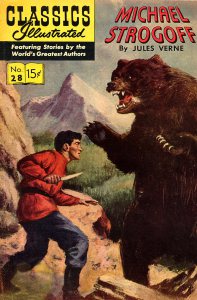And did they have gorgeous sweaty sex in the backseat of a 1912 Renault?
The answers to these questions are: yes, yes and probably not.
James Cameron, the writer and director of ‘Titanic’ actually based Kate Winslet’s character, Rose du Witt Bukater, on American artist Beatrice Wood.
Like Rose, Beatrice was the daughter of wealthy socialites and defied her parents to pursue a career as an artist. She lived an extraordinary life, earning accolades as an actress as well as pioneering the Dada art movement (she was called the ‘Mama of Dada’).
She also gained a great reputation as a sculptor and potter and her private affairs - she was reputed to have had a love triangle with artist Henry Duchamp and his friend Henri-Pierre Roché - scandalised America.
Then, when she was 90, she took up writing. Her 1985 autobiography was called ‘I Shock Myself.’
She was 105 when she died - when asked the secret of her longevity she said:
‘I owe it all to chocolate and young men.’
But Beatrice was never on the Titanic.
Beatrice Wood photo: Sheryl Reiter
There were two Roses who were and who survived the sinking: one was Rosa Abbott, a third class passenger, who jumped into the water with her two sons. She the only woman and the only passenger to be pulled from the water and survive - the rest were crew.
Sadly, her two sons died in the water.
The other Rose was Miss Rose Amélie Icard, who was a maid to Mrs George Nelson Stone. She and Mrs Stone were rescued by the Carpathia in lifeboat 6.
But what about Jack Dawson?
There was a J Dawson on the Titanic, but the ‘J’ stood for Joseph, not Jack and he was a member of the Titanic crew.
He had grown up in the notorious Monto tenements slums of Dublin and when he was twenty he escaped by joining the Royal Army Medical Corps. He was posted to Netley, one of the largest military hospitals in England - just three miles from Southampton.
It was there that he met a man called John Priest, a coal trimmer on the White Star liner, Majestic.
Through him he met Priest’s sister, Nellie, and the two fell in love.
After leaving the Army, Dawson joined Priest in the boiler room of the Majestic, before they both signed on for the maiden voyage of the Titanic.
When they hit the iceberg, Dawson had the foresight to put his National Sailors and Firemen’s Union card - his card number was 35638 - into his dungarees before going topside. The card was found on his body the next day.
His friend John Priest survived; but tragically his sister Nellie lost her sweetheart.
Did her heart go on? We will never know.
Dawson was buried in Nova Scotia where he rested in relative obscurity before finding world fame 85 years later after the release of the film.
His grave is number 227 in Fairview Lawn Cemetery, Halifax, Nova Scotia and has since become a shrine to many of the movie’s fans, who leave photographs, cinema stubs and pictures of themselves on the grave.
those who died on the Titanic are buried here (Photo: Archer10 (Dennis)
Some even leave hotel keys - though I wonder what they’d do if they heard the key turning in the lock at night, as Jack has now been dead a hundred and four years?
Now the question you’ve all been dying to know
Would getting on the door have saved Jack?
the iceberg that sunk the Titanic - but its fame has since melted away
On the night of the sinking, the sea temperature was around 28° F.
Our bodies lose heat about thirty times faster in water than in the air and when our core temperature falls under 89° F, we start to lose consciousness. Under 86° F and heart failure can occur, which is the most common cause of hypothermia-related deaths.
So Jack could have survived for up to an hour, as he was young and fit and not trying to swim - people who move around in the water lose heat much faster.
However several people died from cold that night even in the lifeboats, so even if Rose had helped him up onto the door - and I still think, after all he’d done for her, she could have had a better go - there were no guarantees.
Now, more importantly - could they have had sex in the back seat of Jackie’s car?
from Titanic (1997) - copyright 20th Century Fox/Paramount - claimed under fair use
It is believed there were about thirty cars in the Titanic’s hold, all but five belonging to first class passengers returning from touring holidays in Europe - but only one is actually listed on the manifest.
It belonged to Titanic survivor William Earnest Carter, and it was a 1912 35 HP Renault Coupe de Ville.
Cameron looked for Carter’s original documents for the vehicle so that the car could be recreated almost exactly in the film. But what Cameron didn’t show us is that it was almost certainly packed in a wooden crate so unless Jack had a claw-hammer with him, the answer to the question above is - ‘probably not.’.
Besides, even if the car wasn’t in a box - I don’t believe our Jack would ever have cheated on Nellie.
His heart would have just gone on.
Everyone loves a love story. Love can bring out the worst in us, but it can also bring out the very best. Like this …
IF YOU ENJOYED THIS POST WHY NOT JOIN MY NEWSLETTER?
EVERY MONTH YOU’LL GET NEWS OF MY LATEST BOOKS AND EXCLUSIVE READS!
AND DEFINITELY NO SPAM – WE DON’T LIKE SPAM HERE.
TO SIGN UP JUST CLICK THE LINK HERE!
Or you can join my private Facebook page right here

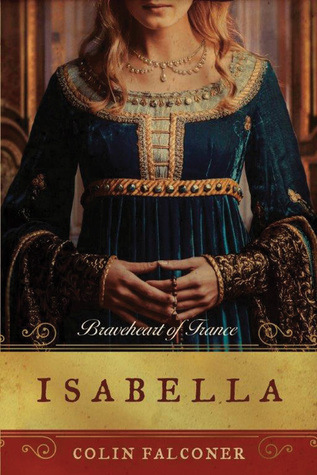

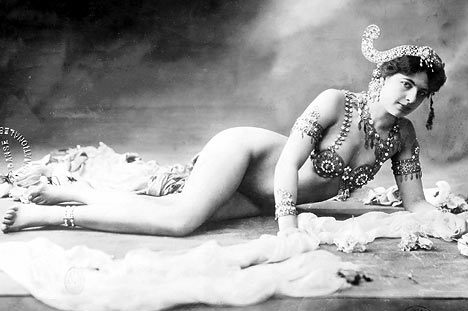
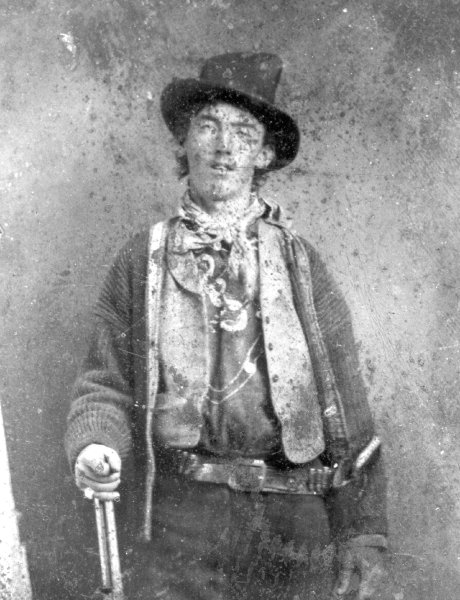
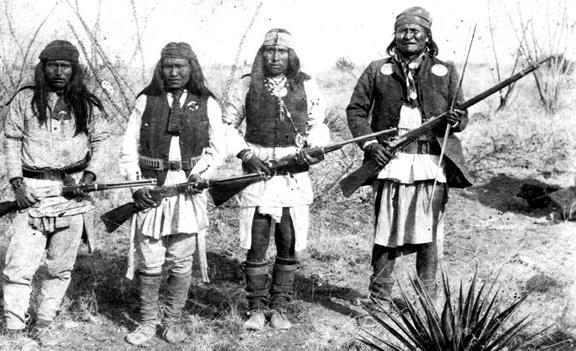
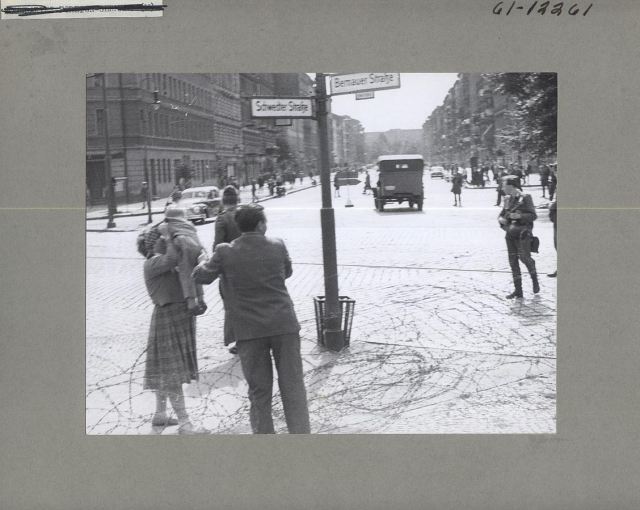
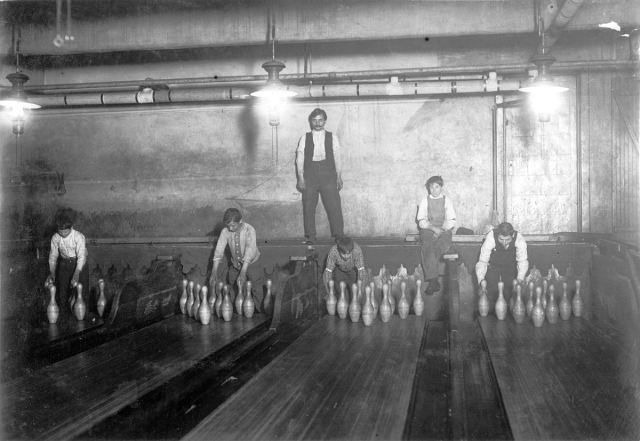
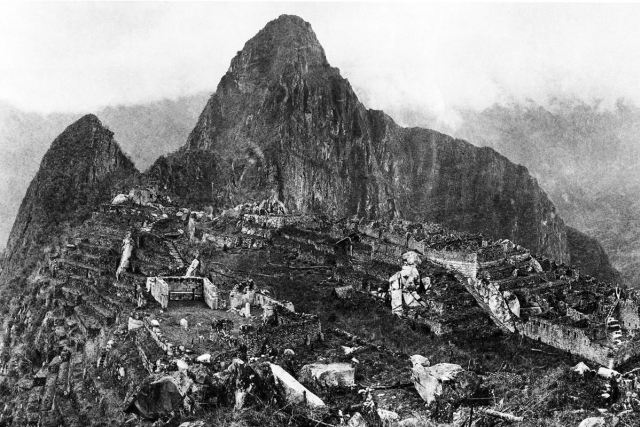
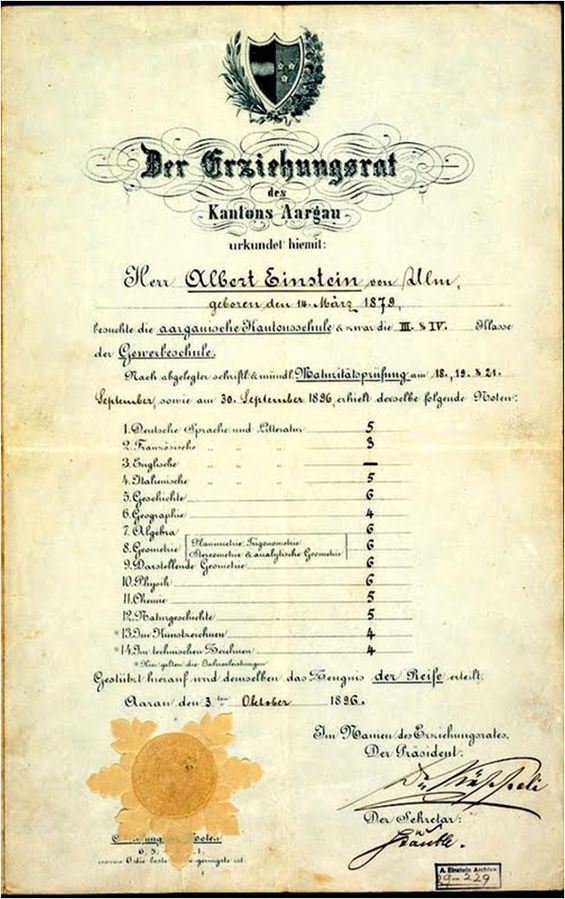
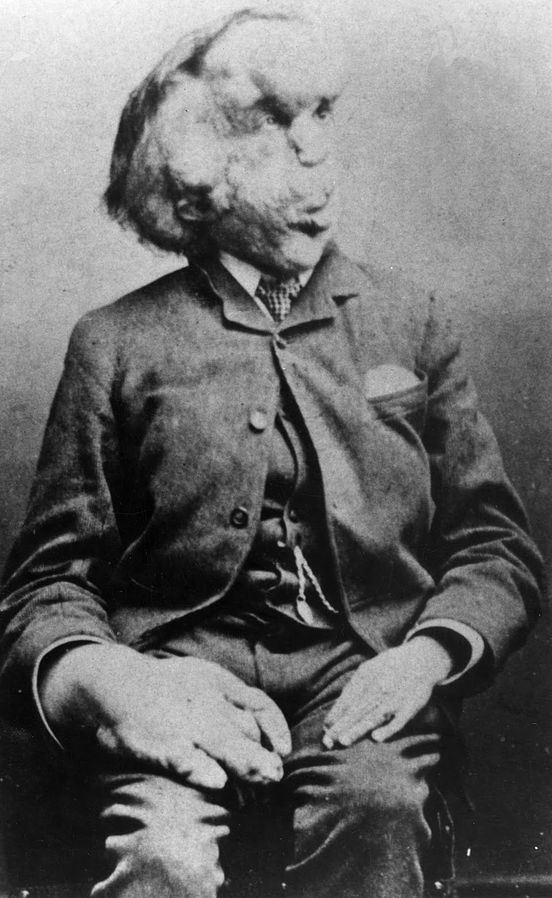
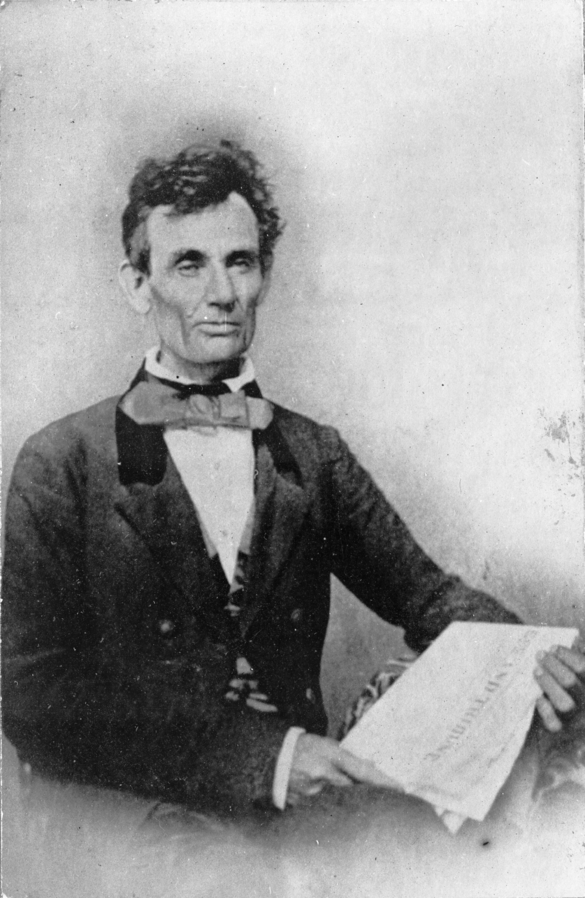

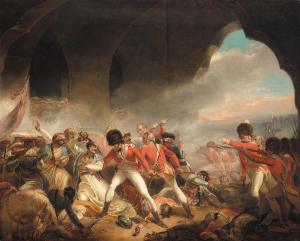


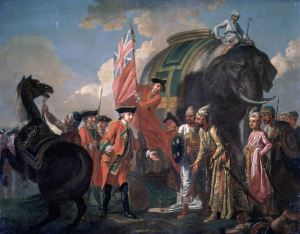

 The East India Company is the ultimate model for Shell and the Halliburton Corporation – except they do not need their own armies, because they use the government’s.
The East India Company is the ultimate model for Shell and the Halliburton Corporation – except they do not need their own armies, because they use the government’s.
